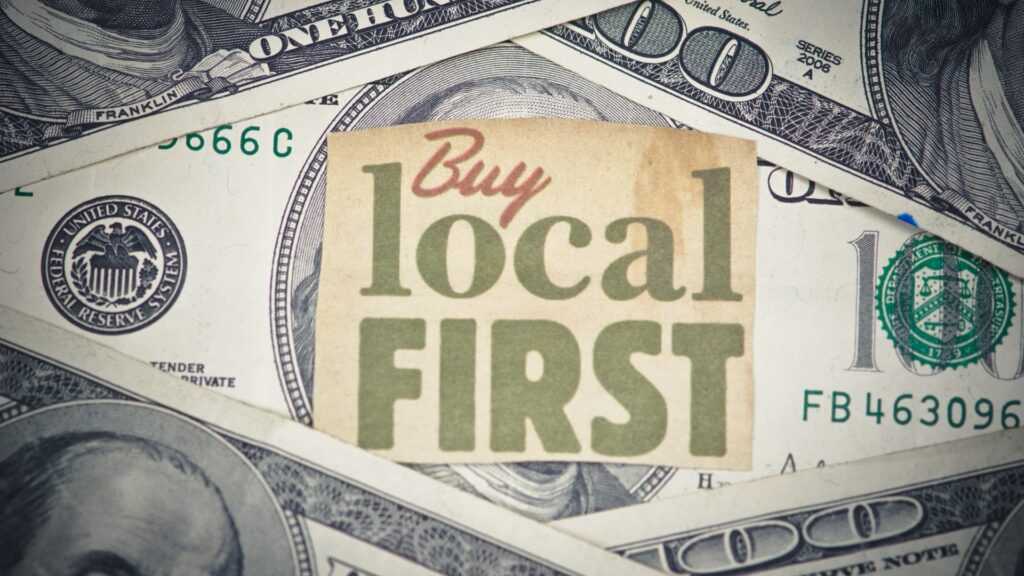5162889758 and Digital Footprints
Let’s talk numbers, literally. Numbers like 5162889758 don’t just sit in phone logs—they also show up in search data, behavioral analytics, and sometimes even metadata from marketing crawlers or bots. Because they’re increasingly used as user identifiers in cookie chains or text fragments, some folks may stumble upon them while doing deeper dives into website tracking tools or digital traceability research.
This use is indirect and can be confusing. But it adds to the pile of explanations for why you’re seeing a random number associated with multiple digital environments.
What Is 5162889758?
Let’s get right to it: 5162889758 resembles a U.Sbased phone number, thanks to its format. It starts with 516, which is an area code pinned to Long Island, New York. So, by all appearances, this could be an actual phone number used by an individual or a business in that region. But what makes it interesting is when people report seeing it show up on missed calls, digital logs, online search trends—or even spam alerts.
In some forums and user reports, numbers like 5162889758 are flagged as spam or robocall origins. People get a call from the number once or multiple times, pick up, and either hear silence or a vague greeting that ends quickly. Other users say they’ve had no interaction with such numbers, yet find that they keep returning in unrelated searches or popups.
It’s the mystery that fuels discussion—and caution.
Identifying Unknown Numbers
Before digging deeper into 5162889758 specifically, it helps to understand how you can investigate unfamiliar numbers that reach out to you:
Reverse lookup tools: Websites like Whitepages, TrueCaller, or Spokeo can help uncover the origin or owner of a number. User forums: Sites like 800notes.com or Reddit offer community entries where users share experiences with questionable digits. Carrier flags: Modern smartphones often come equipped with spam detection via apps like Hiya or provided by networks like Verizon or TMobile.
Trying these steps with 5162889758 may yield mixed results, depending on whether it’s actively in use or part of a larger autodialing network.
The Rise of PhoneBased Scams
The U.S. alone fields billions of robocalls a year. Scammers use numbers like 5162889758—or numbers similar to it—to mask their location (spoofing) and improve chances of someone answering. That approach is especially common when they use local area codes to create a false sense of familiarity.
Once answered, these calls might:
Offer fake insurance options Threaten with action unless a fee is paid Pose as government agencies Remain silent altogether and log your response for future calls
If you’ve received a call from 5162889758 and the context didn’t make sense, odds are high it falls into one of these buckets. Situational awareness helps here—and knowing when to just hang up.
Smart Steps to Take If You See It Again
Not sure what to do when a number like 5162889758 reaches out, shows up in your analytics, or keeps pinging you? Stick with the basics:
- Don’t call back. Responding may label your number as active to more robocallers.
- Report it to the FTC or your country’s equivalent if it spams or stalks.
- Block it on your phone and through your carrier’s app.
- Document it in situations where legal or customer support followup is needed.
- Ignore it if all else fails and it’s a onetime thing with no real impact.
Why Curiosity is Still Useful
You’re not alone in Googling odd numbers. That urge to search “5162889758” shows you’re trying to use data as selfdefense. It’s a smart instinct. The digital age is noisy, and being proactive about unknown contacts keeps you ahead of potential scams, misinformation, or just plain odd glitches.
Pay attention, keep notes, apply skepticism—and don’t overreact.
Final Word on 5162889758
Let’s not overcomplicate it: 5162889758 might just be another number floating in the sea of spam and calls we’ve come to ignore. Or it might be a placeholder, a test case, or part of a larger network of unregistered but useful data tiles. The key is knowing how to handle uncertainty without panic.
Not all mystery numbers mean trouble—but when you do spot patterns, it’s smart to log them, search them, and block as needed. Stay sharp out there.



